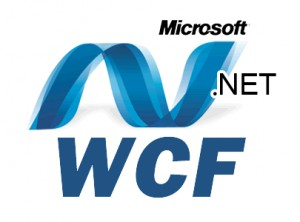ASP.NET WCF Tutorial

ASP.NET WCF Tutorial: Building and Consuming Web Services
ASP.NET WCF (Windows Communication Foundation) is a popular framework for building and deploying distributed applications that communicate over different protocols and transport mechanisms. In this ASP.NET WCF tutorial, you will learn how to create and consume web services using the WCF framework.
The course starts with an introduction to the WCF framework and its architecture. You will learn how to create a basic WCF service using Visual Studio and how to host it in different environments, such as IIS and self-hosting.
The tutorial also covers creating and consuming different types of web services in WCF, such as RESTful services and SOAP-based services. You will learn how to configure endpoints, bindings, and behaviors to customize the behavior of your web services.
In addition, the tutorial covers securing and authenticating your web services in WCF. You will learn about different authentication and authorization mechanisms, such as username and password authentication and certificate-based authentication, and how to configure them in your web services.
The tutorial also covers advanced topics in WCF, such as message exchange patterns, fault handling, and transactions. You will learn about different types of message exchange patterns, such as request-response and one-way, and how to handle faults and errors in your web services. You will also learn about transactions and how to use them to ensure data consistency and reliability in your web services.
Finally, the tutorial covers using WCF with other technologies, such as ASP.NET MVC and Web API, and how to deploy your web services to different environments, such as Azure and IIS.
By the end of this ASP.NET WCF tutorial, you will have a solid understanding of the WCF framework and its architecture, and how to create and consume different types of web services using WCF. You will also be able to secure and authenticate your web services and handle advanced scenarios, such as message exchange patterns, fault handling, and transactions.
